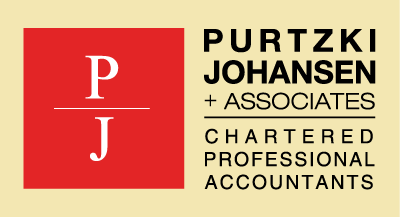
With dental offices across the country closed or only open for emergency services, access to immediate cash flow benefits is crucial. If dentists are still employing some staff or were on a salary themselves prior to the crisis then many will be applying for the Canada Emergency Wage Subsidy (“CEWS”). Unfortunately when announced by Justin Trudeau on March 30th it was noted that funding was likely 6 weeks away.
The 75% subsidy has been getting a lot of recognition in the media but not to be forgotten is the 10% Temporary Wage Subsidy (“TWS”). This can help alleviate immediate cash flows issues now while awaiting the CEWS to be legislated.
The subsidy is equal to 10% of the remuneration you pay from March 18, 2020 to June 19, 2020, up to $1,375 for each eligible employee and to a maximum of $25,000 total per employer. You access the subsidy simply by reducing your monthly payroll remittances. Therefore depending on your wage payments you can reduce your April 15, 2020 payroll remittance by up to $1,375 per employee. It should be noted that the wage subsidy can not be used to lower CPP and EI remittances.
Interaction between CEWS and TWS
For employers that are eligible for both the Canada Emergency Wage Subsidy and the 10 per cent wage subsidy for a period, any benefit from the 10 per cent wage subsidy for remuneration paid in a specific period would generally reduce the amount available to be claimed under the Canada Emergency Wage Subsidy in that same period.
Therefore in any specific pay period you can’t get both subsidies but applying for TWS helps with immediate cash flow as opposed to waiting for 6 weeks.
Should other staff be hired back to take advantage of 75% CEWS?
This is not an easy decision. You have either faced a significant reduction in workload or closed altogether. You may have already laid off a number of staff members and issued ROE’s. And now with the 75% CEWS making headlines you are wondering should I be hiring back employees to help them out financially even if I don’t need them?
The subsidy amount on eligible remuneration paid between March 15 and June 6, 2020 would be the greater of:
- 75 per cent of the amount of remuneration paid, up to a maximum benefit of $847 per week; and
- the amount of remuneration paid, up to a maximum benefit of $847 per week or 75 per cent of the employee’s pre-crisis weekly remuneration, whichever is less.
Let’s assume a staff member was making $48,000 per year ($923 per week) prior to the crisis but now has been laid off. You contemplate rehiring that employee for 75% of their normal wage (692.50 per week).
The wage subsidy would be the greater of:
- 75% of $692.50 = $519.38; and
- $692.50 or 75% of $923 = $692.50, whichever is less which would be the $692.50.
Therefore 100% of $692.50 is paid via subsidy. As a result there is incentive to help out your loyal staff member who you had to lay off and instead pay 75% of his/her pre-crisis wage. Your employee now receives $692.50 per week instead of a lower benefit they would have received either through Employment Insurance or the Canada Emergency Response Benefit.
Now keep in mind the government has announced that “these employers would be expected where possible to maintain existing employees’ pre-crisis employment earnings.” And “anti abuse rules will be proposed to ensure that the subsidy is not inappropriately obtained and to ensure that employees are paid the amounts they are owed.”
The government has been reinforcing employers to rehire staff if possible. Would there be “abuse” if the employer paid up to 75% of the pre-crisis wage even if no actual work was needed to be done? As legislation has not been released yet it is too early to tell how the CEWS will play out but it is certainly worth keeping in mind once legislation is announced whether rehiring staff is a viable option.



